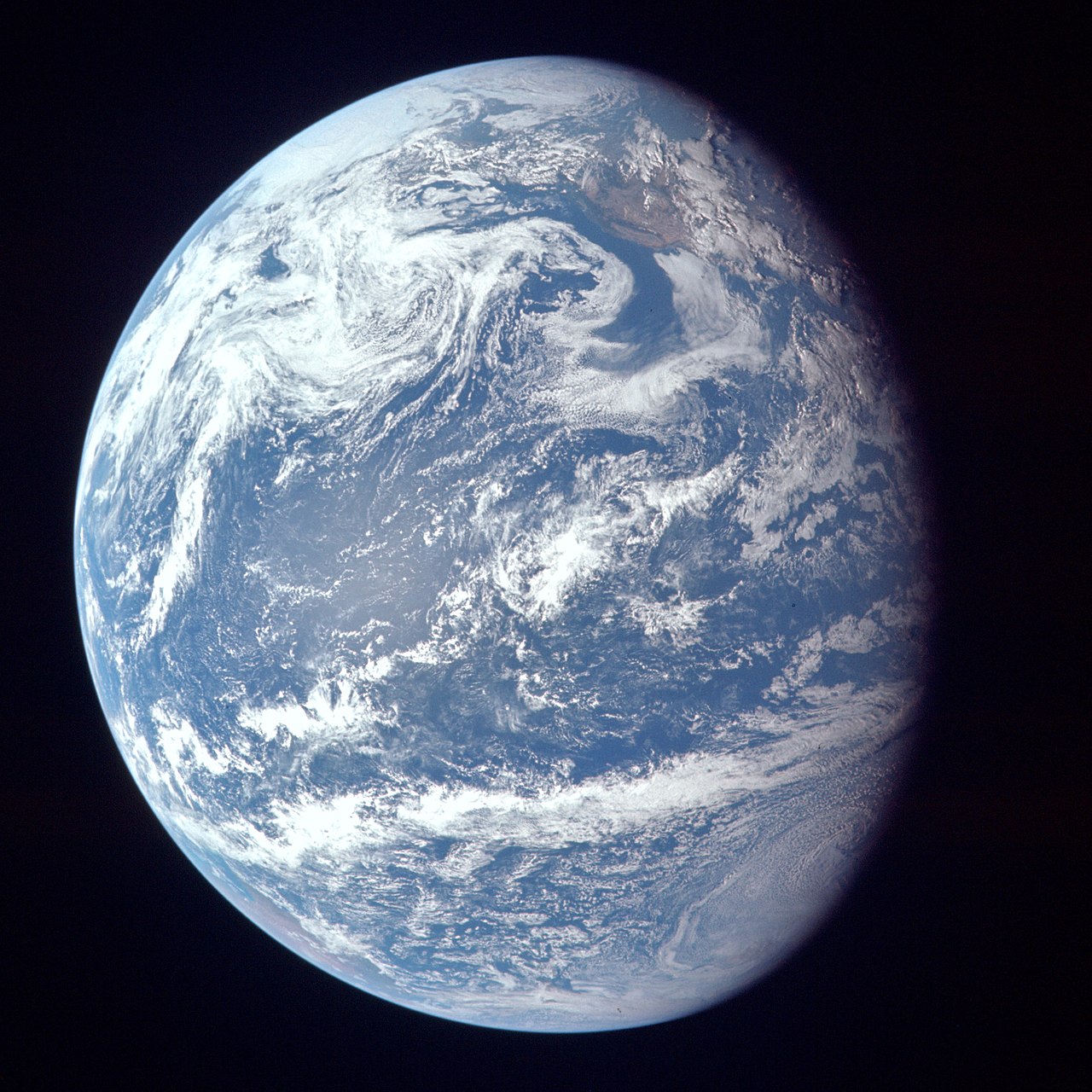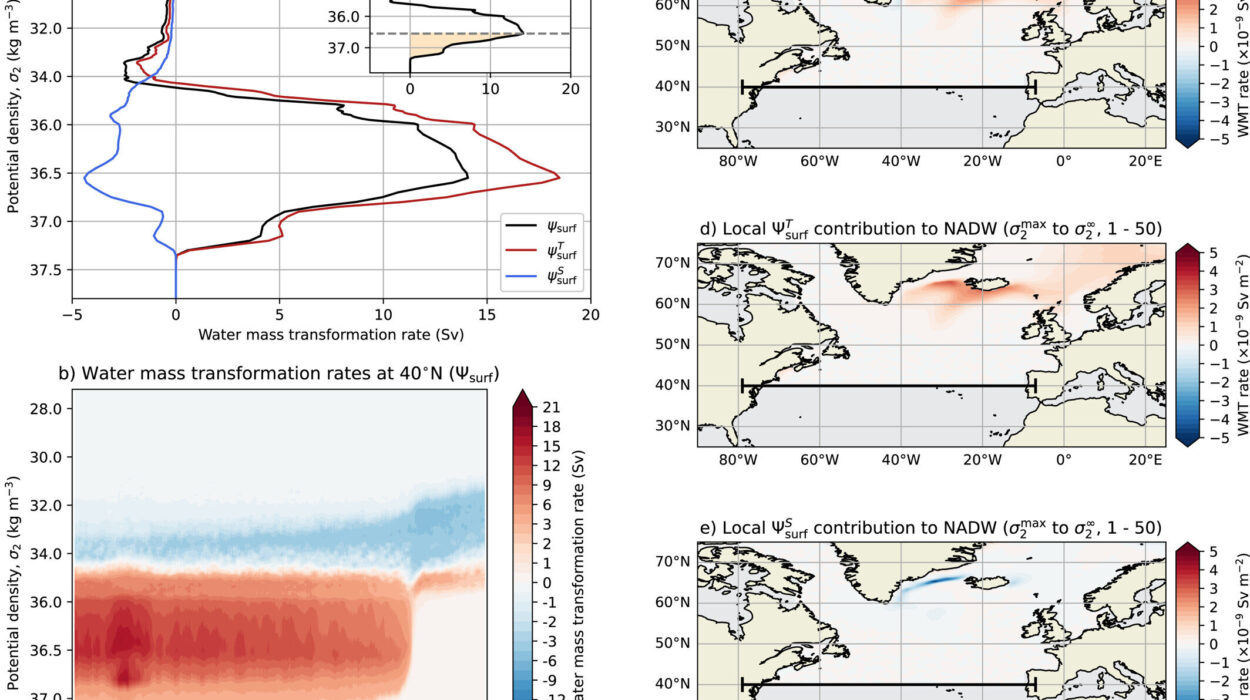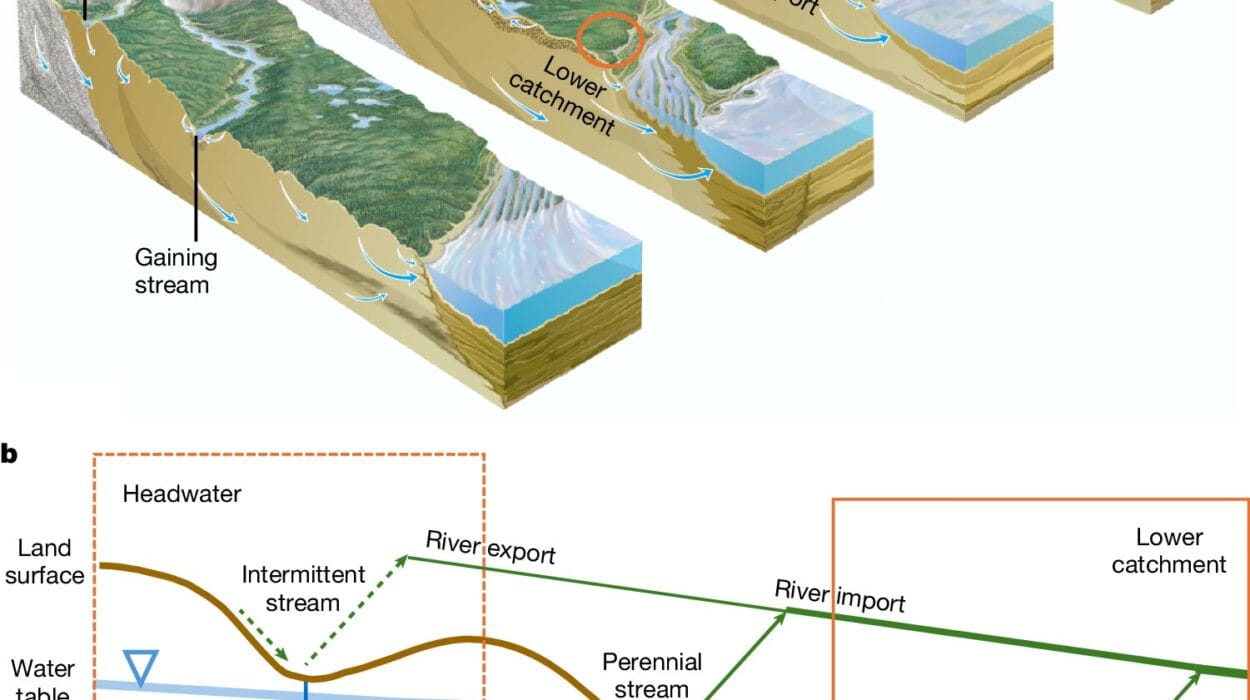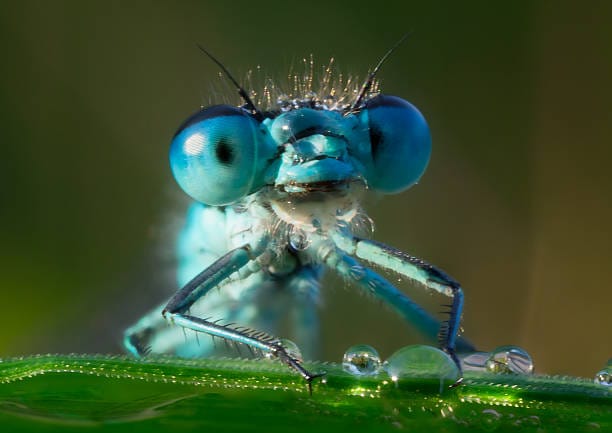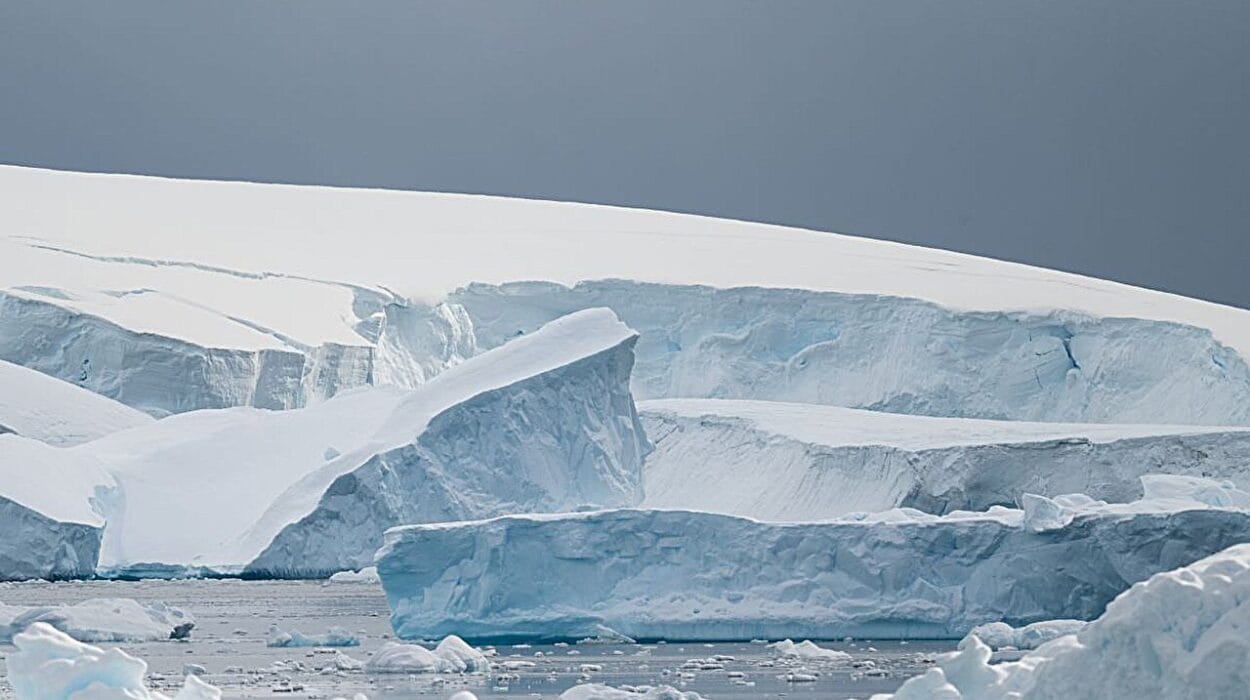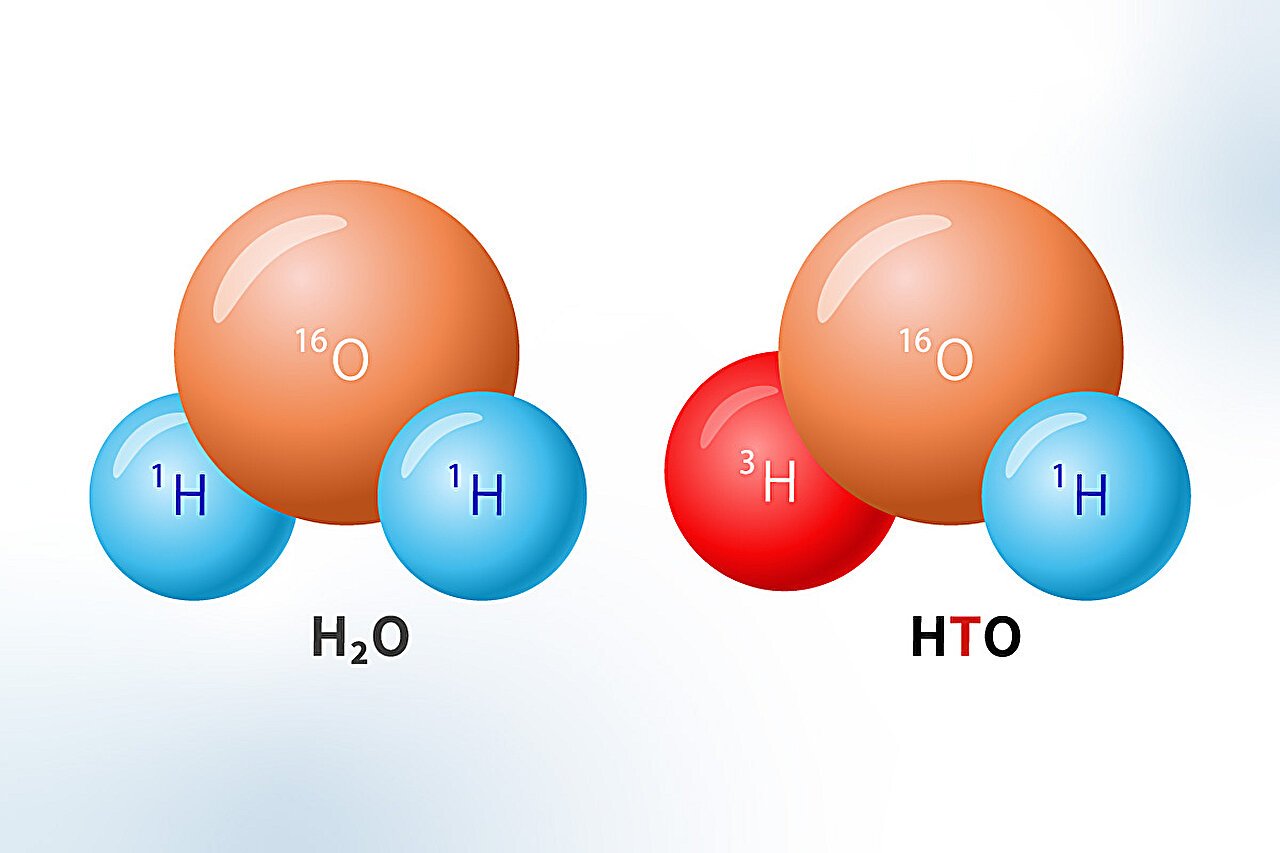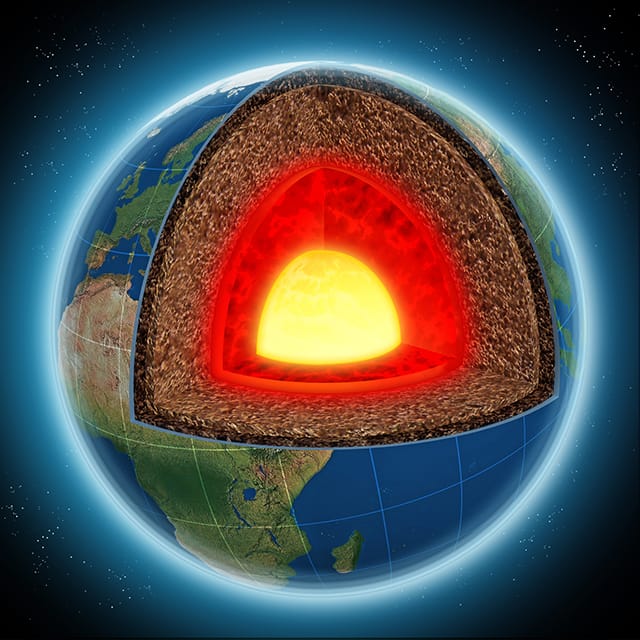From space, Earth gleams like a sapphire, clothed in a shimmering veil of blue. Oceans swirl across its face like liquid art. Clouds drift like wisps of breath. Rivers thread through continents like pulsing veins. This blue wonder is unlike any other planet we’ve found—a living world defined by its most precious element: water. But this isn’t just about oceans or rain. This is about the hydrosphere, the vast, interconnected system of all water on, beneath, and above the Earth’s surface. Without it, Earth would be lifeless. Silent. A barren rock adrift in space.
The hydrosphere is more than just a reservoir of water; it is Earth’s life support system. It shapes our climate, carves our landscapes, cycles nutrients, supports ecosystems, and, most crucially, sustains every living cell. To understand life on Earth, you must first understand the hydrosphere—not just as a body of water, but as a dynamic, pulsing system that touches everything from the highest cloud to the deepest ocean trench.
The Birth of the Hydrosphere: A Watery Origin Story
Imagine Earth over four billion years ago—a fiery, molten planet bombarded by asteroids and comets. It was an uninhabitable inferno, a chaotic forge of matter. And yet, from this cosmic violence came water. Scientists believe much of Earth’s water arrived during this early period, delivered by icy bodies crashing into the young planet. As the surface cooled and the atmosphere began to form, water vapor condensed and rained for thousands of years, filling basins and depressions to form the first oceans.
These early seas became the cradle of life. In their depths, molecules danced and collided, eventually giving rise to the first self-replicating cells. Without the hydrosphere, this great evolutionary symphony would never have begun. The same oceans that today hold whales, coral reefs, and shimmering shoals once cradled primitive life in its microscopic infancy.
A System in Motion: What the Hydrosphere Includes
When people hear “hydrosphere,” they often think of oceans—and understandably so, since oceans contain about 97% of all water on Earth. But the hydrosphere is far more expansive and intricate. It includes every form and location of water—liquid, solid, or vapor. Glaciers and ice caps hold about 69% of the planet’s fresh water, locked away in silent, icy stillness. Underground aquifers store ancient waters in rock-bound chambers. Rivers and lakes mirror the sky in shifting currents and reflective surfaces. Water vapor floats invisibly in the air, forming clouds and delivering rain and snow.
The hydrosphere connects every corner of the globe. Rain falling in the Amazon might have once evaporated from the Pacific Ocean. Glacial melt from the Arctic might nourish farmland on the other side of the world. Every drop is part of an endless journey, cycling through evaporation, condensation, precipitation, infiltration, and runoff. This is the water cycle—Earth’s original recycling system, powered by the Sun and gravity, circulating life-sustaining water across land, sea, and sky.
Water’s Unique Chemistry: Why Life Depends on It
Water is one of the strangest and most wonderful substances in the universe. It defies many rules that other liquids follow—and this is precisely what makes it essential for life.
At the molecular level, water’s bent shape and polarity allow it to be an exceptional solvent. It can dissolve more substances than any other liquid, making it a perfect medium for transporting nutrients, minerals, and waste within organisms and ecosystems. Its high heat capacity stabilizes temperatures, buffering life against extreme fluctuations. Its solid form—ice—is less dense than its liquid state, allowing ice to float and insulate aquatic life during frigid winters. These unique properties aren’t just curious facts; they are the chemical pillars that make biological processes possible.
Inside our own bodies, water facilitates everything from cellular respiration to digestion to the electrical signals in our nervous system. About 60% of the human body is water. Every heartbeat, every breath, every thought is made possible by the presence and movement of water.
The Hydrosphere as Earth’s Climate Regulator
Walk along a beach on a summer day, and you’ll feel the hydrosphere at work. As waves lap the shore and wind carries sea spray inland, the ocean quietly absorbs the Sun’s heat. This massive thermal reservoir plays a profound role in stabilizing Earth’s climate. Oceans absorb and store solar energy during the day and release it slowly over time, moderating temperature extremes between day and night, between summer and winter.
But oceans do more than act as thermal batteries. They are the engines of global climate systems. Vast ocean currents—like the Gulf Stream—transport warm water from the tropics toward the poles and cold water from the poles toward the equator. These currents influence regional climates, rainfall patterns, and even the severity of hurricanes.
Meanwhile, water vapor in the atmosphere traps heat through the greenhouse effect, helping to keep Earth warm enough to sustain life. Clouds reflect sunlight during the day and hold heat at night. Rain and snow distribute water across continents, nourishing ecosystems and recharging aquifers.
Without the hydrosphere, Earth would swing wildly between scorching heat and freezing cold. With it, we enjoy a relatively stable, habitable planet—a rare gift in the cosmos.
Rivers of Life: Freshwater’s Silent Gift
Though freshwater makes up only a tiny fraction of the hydrosphere, it is one of Earth’s most precious resources. Flowing through mountain valleys and lowland plains, rivers and streams bring life wherever they go. They irrigate crops, sustain forests, and provide drinking water to billions. Lakes serve as vital reservoirs. Wetlands filter pollutants, buffer floodwaters, and offer sanctuary to an incredible diversity of species.
Human civilizations have always clustered around freshwater. The Nile, the Tigris and Euphrates, the Indus, the Yangtze—these rivers birthed some of the greatest ancient cultures. Even today, freshwater determines where cities rise and where farms flourish. It’s no exaggeration to say that freshwater is the bloodstream of civilization.
Yet, this gift is not evenly distributed. Some regions are blessed with abundant rainfall, while others face chronic drought. Climate change is making these extremes worse, straining water supplies and ecosystems alike. Understanding and protecting the freshwater components of the hydrosphere has never been more urgent.
The Ocean: Earth’s Deepest Mystery
Covering more than 70% of the planet’s surface, the ocean is the largest component of the hydrosphere—and the least understood. Its depths remain more mysterious than the Moon. Yet, these waters teem with life, from sunlit coral reefs to the pitch-black trenches where bioluminescent creatures flicker like stars.
Marine ecosystems are among the most diverse and productive on Earth. Phytoplankton—microscopic organisms that drift with ocean currents—produce more than half of the world’s oxygen. Coral reefs shelter thousands of species. Kelp forests sway like underwater jungles, home to fish, sea otters, and myriad invertebrates.
Beyond biology, the ocean is a powerful carbon sink. It absorbs about a quarter of the carbon dioxide humans emit into the atmosphere, helping to slow global warming. It also provides food, medicine, and livelihoods for billions of people.
But the ocean is under threat. Pollution, overfishing, acidification, and warming waters are unraveling marine ecosystems. The health of the hydrosphere is closely tied to the health of the ocean. Protecting one means protecting all.
The Cryosphere: Water in Stillness
Not all water flows. Some of it lies frozen in time. The cryosphere—the frozen part of the hydrosphere—includes glaciers, ice caps, sea ice, and permafrost. Though frozen, these elements are far from inert. Glaciers carve mountains. Sea ice influences ocean salinity and currents. Melting permafrost releases methane, a potent greenhouse gas.
The cryosphere is also Earth’s water savings account. As global temperatures rise, these icy reserves are melting at alarming rates. Glacial melt contributes to sea level rise, threatening coastal communities around the world. Shrinking snowpacks reduce water supplies for millions who depend on spring melt for drinking water and agriculture.
The cryosphere may seem distant and disconnected from daily life, but it is an essential part of the hydrosphere’s intricate system. Its decline is a warning sign of the imbalance we are creating.
Water and the Web of Life
Every plant, every animal, every ecosystem is woven into the hydrosphere’s network. Forests transpire water into the atmosphere. Rivers carry nutrients downstream. Amphibians rely on wetlands to breed. Fish migrate across thousands of miles of open ocean. Rainforests generate their own rainfall through water cycling. Even deserts, in their brief blooming after rare rains, are linked to this system.
Biodiversity is not just an aesthetic value—it is a sign of a healthy, functioning hydrosphere. When rivers are dammed, when wetlands are drained, when glaciers vanish, the web of life frays. Entire food chains can collapse. Habitats can dry out. Species can disappear.
And humanity is not immune. Our food, water, air, and health are all tied to these fragile balances. We are part of the hydrosphere—not separate from it.
The Future of Water: Choices We Must Make
The 21st century is being shaped by water. Droughts are crippling agriculture. Floods are destroying cities. Aquifers are being drained faster than they can be replenished. Pollution is choking rivers and poisoning fish. Rising seas are swallowing coastlines.
But this is not a story of inevitable doom. It is a call to awareness and action. We have the knowledge, the tools, and the creativity to safeguard the hydrosphere. Solutions include restoring wetlands, protecting watersheds, managing agriculture more sustainably, reducing plastic pollution, and treating water as the sacred resource it is.
Perhaps most importantly, we must rethink our relationship with nature. Not as conquerors, but as caretakers. The hydrosphere is not a commodity to be exploited. It is the heartbeat of our planet.
Conclusion: The Sacred Blue Thread
Water is more than H₂O. It is memory, movement, mystery. It connects sky and soil, past and future, birth and death. The hydrosphere is Earth’s sacred blue thread—a network of life, a medium of miracles, a guardian of balance.
To drink a glass of water is to taste the clouds, the rivers, the tears of ancient rain. To swim in the sea is to embrace the legacy of life’s origins. To protect water is to protect ourselves, our children, and every living being that shares this remarkable, water-wrapped planet.
In a universe filled with barren rocks and frozen silence, Earth sings a watery song. The hydrosphere is its voice. Let us listen. Let us learn. And let us love it enough to keep it alive.
